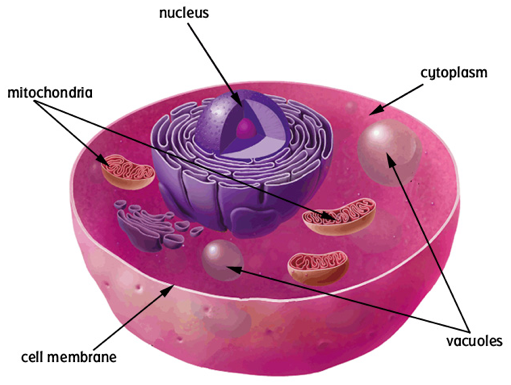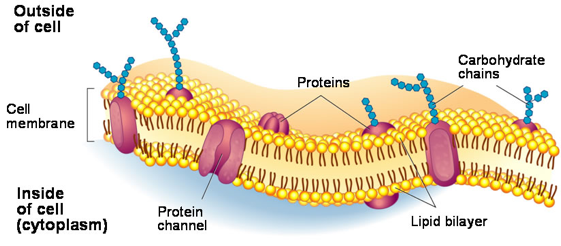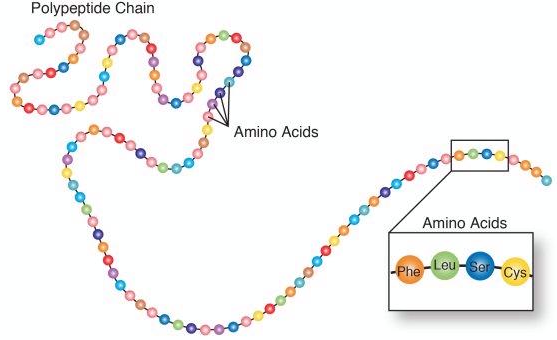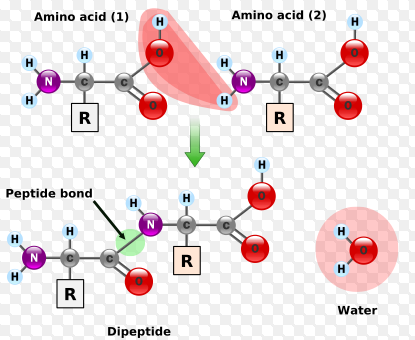Let’s Talk!
About a decade ago, I read an intriguing book titled The Biology of Belief by American biologist Bruce Lipton Ph.D. in which he explored how beliefs switch on or off genes. In 2010, Lipton presented his groundbreaking ideas at a conference titled The Biology of Perception. The following is a summary of his talk.
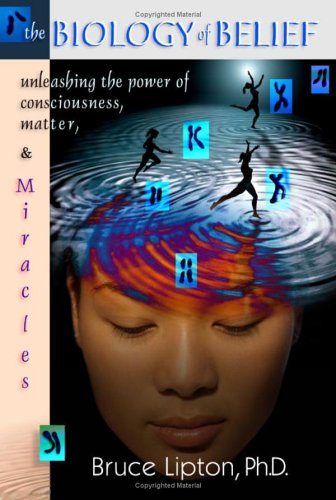
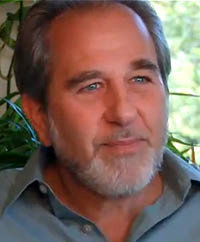 iWe have about 50 to 75 trillion cells that make up our bodies. Every function present in the entire body is found in the cell. For example, every cell has a respiratory system, a digestive system, and an excretory system.
iWe have about 50 to 75 trillion cells that make up our bodies. Every function present in the entire body is found in the cell. For example, every cell has a respiratory system, a digestive system, and an excretory system.
Genes (deoxyribonucleic acid or DNA molecule) are located in the nucleus of cells. Conventional belief is that the nucleus is the brain of the cell. The rationale is that since genes control us, and they are located in the nucleus, therefore the nucleus is the command center of the cell.
Ironically, if one takes the nucleus out of the cell, the cell is totally unaffected by it. A cell can live two or more months with no genes and is able to perform all its previous activities.
The nucleus is therefore the gonads of the cell; its function is that of reproduction. When a particular protein is needed, the nucleus has all the patterns to make all the 70 thousand different kinds required. But the nucleus doesn’t know when a particular protein is required. In other words, the nucleus has no intelligence.
The brain of the cell is the structure that can “read” the environment and elicit the correct response from the cell. The brain of the cell is in fact its membrane. The skin is the interface between the environment and the cytoplasm.
At high magnification, the cell membrane resembles a bread and butter sandwich in which there is a lipid layer in the middle. This layer is a barrier that separates the outer environment from the internal cell environment.
The proteins embedded in the cell membrane are capable of responding to environmental signals and activate behaviour. The surface of the cell has antenna-like structures protruding from these embedded proteins to capture environmental signals.
If there is an environmental signal and the cell doesn’t have the required proteins to respond to that signal, then the cell uses the DNA to make these specific proteins. Therefore genes are unable to activate themselves- they need a signal from the environment in order to do so.
Cells are like machines made out of parts, and these parts are proteins. Every protein is a beaded strand. The beads (or the subunits) are called amino acids. There are approximately 70 to 90 thousand protein parts in a cell.
There are 20 different variations of amino acid sequences. The difference between different proteins is the length of the chain and the sequence of the amino acids. The sequence determines the shape of the protein and movement (or life) comes from the ability of amino acid to rotate at their junctions with other amino acids.
iiiiiiiiiiiiiiiiiiiiiiiiiiiiiiiiiiiiiiiiiiiiiiiiiiiiiiiiiiiiiiiiiiiiiiiiiiiiiiiiiiiiiiiiiiiiiiiiiiiiiiiiiiiiiiiiiiiiiiiiiiiiiiiiiiiiiiiiiiiiiiiiiiiiiiiiiiiiiiiiiiiiiiiiiiiiii50% of the nucleus is DNA, and 50% is protein. DNA is always associated with protein. These proteins form a protective sleeve around the DNA.
When a signal from the environment makes the regulatory protein change shape, it pulls away from the DNA in order to read the gene. When the signal is removed, the sleeve covers up the DNA strand again. The gene was always present; it’s whether a signal activated the regulatory proteins and exposed that particular DNA area.
If a person experiences a stressful environment and doesn’t have the appropriate genes to respond to that stress, the only option is to change (or mutate) the genes. Therefore, the environment controls DNA mutations.
We adjust our genes to fit the environment that we “think” we live in. Perception is belief and belief changes your genes. 95% of us have normal genes and unfortunately, almost always the rewriting process is a negative one. For example, 95% of cancer cases are not hereditary.
There are only (2) types of programs in the body: 1) growth or 2) protection. Cells move towards positive signals (growth) or they move away from negative signals (protection). There are also neutral signals that have no impact on the cell. We are either in some degree of growth or we are in some degree of protection based on environmental signals.
The most powerful growth-promoting signal is love; it even exceeds nutrition. A child who is loved will grow. By contrast, fear shuts down our growth mechanisms and is mediated through the hypothalamus-pituitary-adrenal axis.
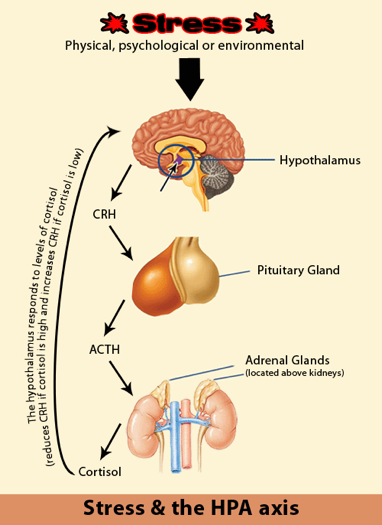 The hypothalamus is the portion of the brain that reads environmental signals. If it perceives a signal as negative, stress will activate the pituitary gland (the master gland).
The hypothalamus is the portion of the brain that reads environmental signals. If it perceives a signal as negative, stress will activate the pituitary gland (the master gland).
The pituitary gland will get us into fight or flight mode. The hormones released by the adrenal glands (near the kidneys) cause the blood vessels in the trunk to squeeze and push the blood to the extremities (muscles) for us to get ready to escape the physical danger.
Under stress, our immune system, which protects us from bacteria and viruses, is suppressed. The immune system requires a great amount of energy and when the adrenal hormones are very high, it shuts down the immune system.
Stress hormones squeeze the blood from the frontal lobes and push it to the back of the brain. Therefore we are usually less intelligent when under stress.
This “fight or flight” mechanism affects us all because we live in a world that constantly promotes fear. We tend to be less physically healthy and intelligent than we naturally could be due to chronically elevated stress hormones.
Fortunately, we can change our negative beliefs for more positive ones. By doing so, we change the filter through which we perceive our world. Therefore, we are all-powerful and not victims of our genes.
American biologist Bruce Lipton Ph.D. is a pioneer in his field. He challenges some deep-held beliefs about not only how genes work, but how our perception of the world shapes our hereditary.
The brain of the cell is the membrane. It is constantly “reading” the environment and changing its behaviour to match this perception. DNA is in fact the reproductive organs of the cell, not its command center.
We flourish through love and regress through fear. It is very important that we challenge our perception of our environment in order to maximize our potential because our beliefs ultimately become our biology.
Literary Truths
Here are other interesting facts about the Biology of Perception as per Bruce Lipton’s talk:
- Most scientists assume that the nucleus is the brain of the cell. However, it was never proven scientifically because it appeared to be a logical explanation.
- If genes controlled our biology, then there should be at least 120, 000 genes to make a human. When the Genome Project results were turned in, there were less than 35,
000 genes. Over 90,000 genes were absent, which means that our belief system was erroneous.
- In Eastern European orphanages where children are given a lot of nutrition but no love or attention, their overall growth is stunted. In fact, every aspect of their development is reduced by 30% or more, and most of them become
autistic.
- Many limiting beliefs are learned while we were still in our mother’s womb through her perception of the environment. Therefore mothers and fathers are genetic engineers, selecting genes in their offspring so that their children can fit in their current environment.
- Lipton took muscle cells from a person suffering from muscular dystrophy and put them in a healthy environment outside the body. These cells automatically became normal again.
Truth in Motion
Please note that Bruce Lipton’s talk is 1 hour and 9 minutes long.
References
Bruce Lipton – The Biology of Belief: https://www.youtube.com/watch?v=jjj0xVM4x1I
Picture 1: http://bestraworganic.com/wp-content/uploads/2011/02/dr-bruce-lipton.jpg
Picture 3: https://confluence.crbs.ucsd.edu/download/attachments/25821655/Animal%20Cell.jpg?version=1&modificationDate=1297160683000
Picture 4: http://apbiomaedahs.weebly.com/2b-cell-homeostasis—cell-membrane-processes.html
Picture 6: https://en.wikipedia.org/wiki/Amino_acid
